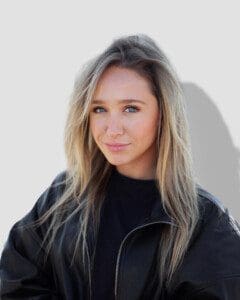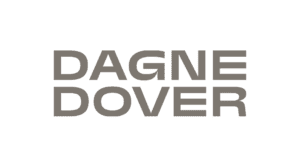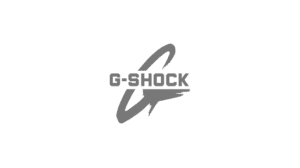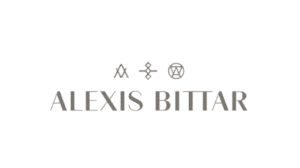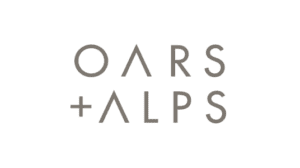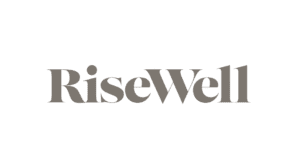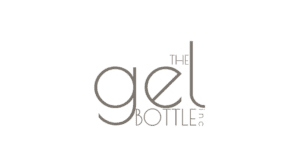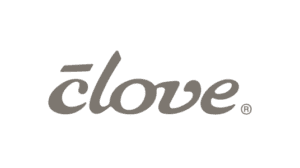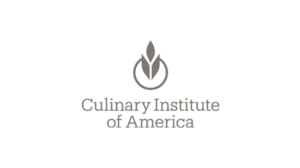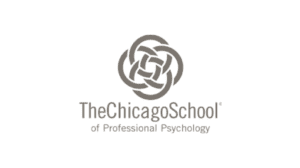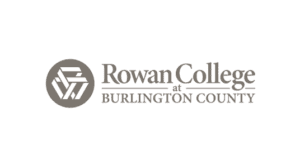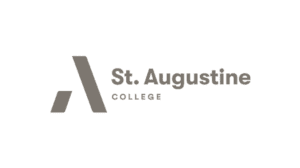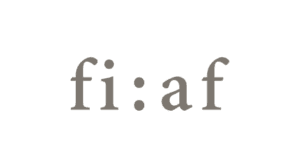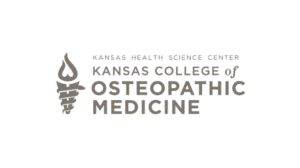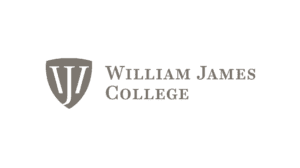Higher Education is undergoing a surge in demand in the midst of ongoing economic uncertainty. If there is a silver lining to this environment, it’s that colleges and universities have an entirely new audience of prospective students. Dynamic schools are thriving.
We interviewed Andrew Womble, the leader of the education media team at Mason Interactive, for expert insights on education trends. Andrew has been working closely with our higher education clients through the pandemic to pivot their advertising strategies, and optimize campaigns for best performance. He shared the tactics his team used to tap into this new market opportunity and help our clients exceed their goals – with reduced budgets.
Andrew, what does the higher education market look like today?
Higher education is in huge demand. We have seen a significant increase in education-related search queries over the past 6 weeks. With a rising number of people left home without a job, whether unemployed or furloughed, the education market has an entirely new audience looking to explore alternative career paths. Historical data supports this trend; we saw a similar education boom during the 2008 market crash.
“Without a doubt, May will bring similar, if not even better, results.”
The best way to demonstrate this upward trend is to look at our client data. Historically, March through June is a quiet period for education, and the search volumes typically drop during these months. This April, however, our clients saw a significant spike in performance and as much as doubled conversions in comparison to April 2019. As an example, our top performing client achieved a 60% YoY increase in impressions. Without a doubt, May will bring similar, if not even better, results.
How has this impacted on our clients campaigns?
Typically, campaigns that focus on brand keywords [keywords around the school name] are the best-performing, most-efficient campaigns for our education clients. When the pandemic first hit the economy in mid March, we saw a significant drop in the impression volume and brand leads.
Around the same time, Cost Per Lead (CPL) for brand campaigns skyrocketed when students and families searched for the school name to get updates on campus closures. Our team reacted immediately to and shifted the focus on top-of-the funnel campaigns.
Why do top of the funnel campaigns perform so well in the current landscape?
Today’s audience is in exploratory mode, which creates a new market. People are searching generic keywords – things like “online degree” – at a massively increased scale. Prospective students who have recently become unemployed and thus decided to pursue higher education, don’t yet know a particular school they want to apply to. They will begin their research by typing in broad search terms such as “cooking degree” or “business school” to get an idea of the degrees and schools available. Top of the funnel campaigns are built around these generic, broad keywords and focus on introducing the school to a new audience for the first time.
Historically a campaign like this is very expensive to run, but because of the increased demand, generic keywords have become more cost effective.

Can you drive results even with a reduced budget?
As a result of the high search volumes and increased demand, you can now achieve more with a smaller budget, as long as you have the right strategy in place. Compared to the data from April 2019, our clients have reached the same, and some even better, results this April, with a significantly smaller budget.
If you are struggling to justify advertising spend at the current time, focus on setting up your strategy to the upcoming peak season, which typically runs from July to October. Letting your sales funnel dry down between now and July, can damage your entire marketing ecosystem and take you back to the square one. As a rule of thumb, it is always more cost (and time) effective to nurture existing prospects in your funnel than it is to attract new ones when your funnel is empty.
You said even a smaller budget can take you further than ever before. Why is that?
Simply put, with so much demand out there, advertising is cheaper. Our education clients have seen a huge increase in impressions, which in turn increases conversions, and therefore the Cost Per Click (CPC) will decrease. This means schools can now generate more conversions at a lower cost.
Naturally, Google algorithm plays part in the entire scenario. Google Ads Auction determines the cost for each keyword based on how many advertisers [schools] are bidding for it – the fewer advertisers there are, the lower the cost. With so many schools pulling back on advertising, there is a huge opportunity to advertise at cheaper cost in a less competitive environment. In addition to this, the high volume of education related search queries, has dropped the Cost Per Impression (CPM). When you combine all these factors with the growing demand, you get an ideal environment to drive success.
Achieving great advertising ROI will ultimately come down to selecting the right strategy for your school. Work with your agency, or contact our education team at Mason Interactive to build strategy for you.
What are your recommendations for education marketing professionals?
Most importantly, continue advertising and invest in filling your sales funnel with future students. The biggest mistake would be to pause all advertising because when your school reopens you are going to need those students.
“The biggest mistake would be to pause all advertising”
Work with your agency to pivot your strategy, edit existing campaigns and revise your creatives and ad copy accordingly. My recommendation is to shift to upper funnel advertising tactics in order to introduce your school to new audiences. This approach has delivered great results for our education clients, when combined with highly-personalized remarketing tactics.
Thirdly, expand and invest in your entire online structure. Naturally, online programs are thriving in the current environment. On-campus degrees still get some interest, but it doesn’t mean a school can solely rely on them with so much uncertainty around reopenings. If your school doesn’t offer online programs, but you have a campus in a remote location, consider emphasizing the location as a safe place to study throughout your messaging.
After chatting with Andrew, one thing is clear: low advertising cost and increased demand has created a huge opportunity for higher education institutions. Schedule a call with our experts today to get advice on how you can tap on this new opportunity.
